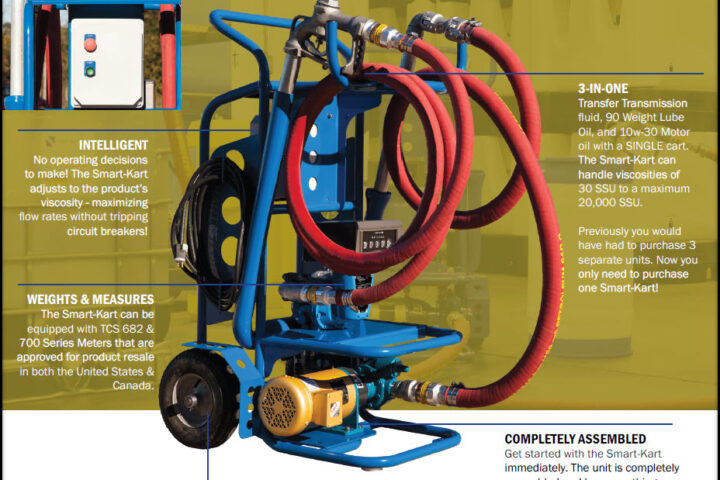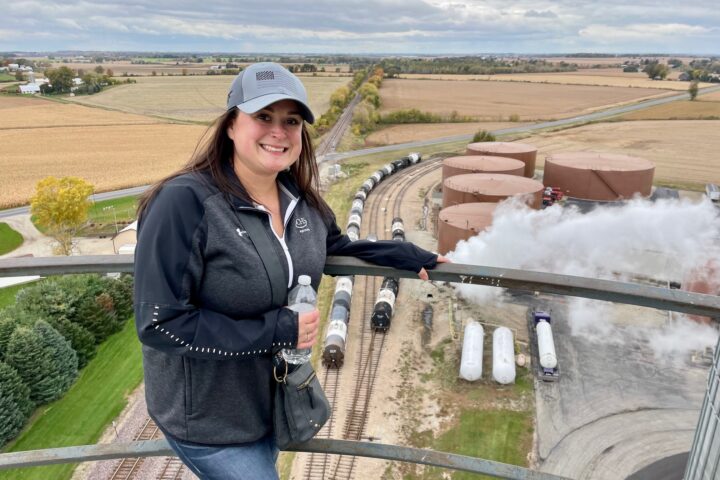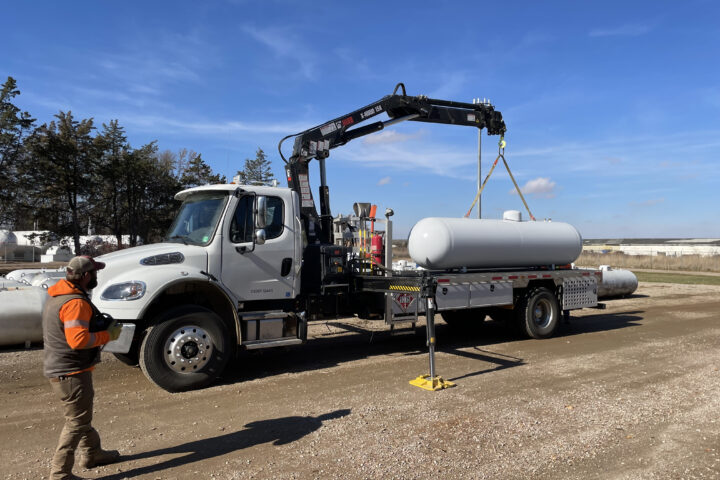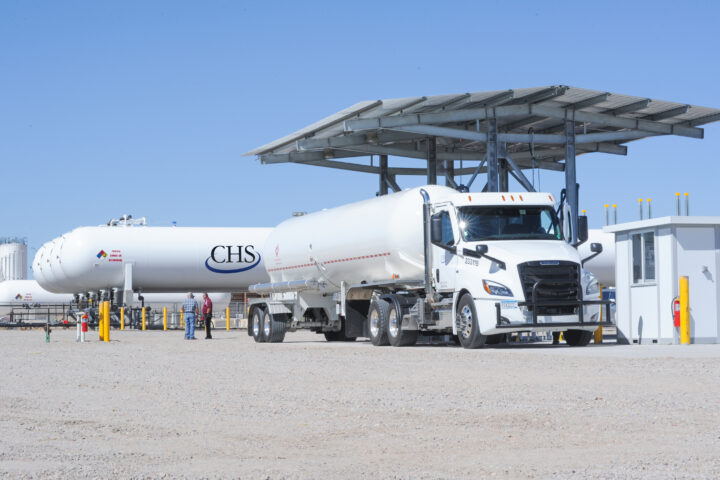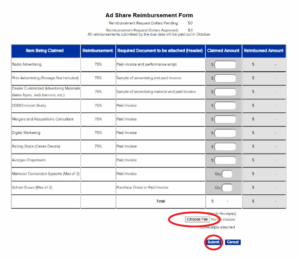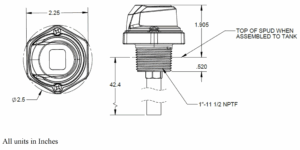Five On Your Fall To-Do List
Prepare for the busy winter ahead by reviewing this list of five key pre-season tasks:
1. Update demand forecasts. Look beyond the next month or two and make monthly forecasts four to five months out, taking you through the winter season. Review each of the next few months, making adjustments based on demand and delivery cycles through coordinated discussions with your account manager and nominations planning. Consider short and long-term weather forecasts, review volumes from past winters and look for any changes or trends. The CHS Propane Control Room is a convenient supply planning tool that simplifies the updating processes.
2. Identify backup terminals. Building in supply flexibility is important for dealing with unexpected infrastructure problems. Choosing a third and sometimes fourth terminal source is important to do ahead of time to ensure your drivers will be properly trained, wherever they need to go. Remember, your CHS account manager can bring a wealth of information and connections to the terminal selection process.
3. Get carriers carded now. Have your carriers schedule terminal driver training well ahead of the busy winter season. That will ensure they’re qualified to load at all terminals you might need to use, including third and fourth options.
4. Keep your suppliers in the loop. Good communication is a two-way street. To help you meet your goals and secure adequate and timely propane supplies, your account manager needs to be connected and working with you in real time, in order to stay in step with you as market developments and regional demand surges occur. Our account manager regularly communicating with you, the retailer, is the best way for both to stay in lockstep as the season flows.
5. Customer messaging is key. Looking at the winter ahead, industry propane supplies should be adequate, overall. Current industry data show domestic propane inventories are now 16% higher than this time last year. But that doesn’t mean product will always be where it’s needed, when it’s needed. There are likely to be demand spikes throughout the winter. Having your customers on monitors is a good way to avoid the impact of those spikes, and should help in convincing them to upgrade.

